




















Telescopes stand as humanity's windows to the cosmos, offering unparalleled glimpses into the vast expanse of space and the wonders it holds. This educational journey delves into the realms of optics, astronomy, celestial objects, space exploration, and the rich history of telescopes, illuminating the fascinating intersection of science, technology, and human curiosity.
At the heart of the telescope's marvel lies the science of optics, which explores the behaviour of light and its interaction with lenses and mirrors. Telescopes harness the principles of optics to collect and focus light from distant celestial objects, enabling astronomers to observe and study them in detail. Through the careful design and construction of lenses, mirrors, and other optical components, telescopes magnify faint and distant objects, unveiling the secrets of the universe.
Astronomy, the study of celestial objects and phenomena beyond Earth's atmosphere, is intrinsically linked to the telescope's capabilities. Telescopes serve as indispensable tools for astronomers, allowing them to explore the cosmos across a broad range of wavelengths, from visible light to radio waves, X-rays, and beyond. By observing stars, galaxies, nebulae, and other cosmic entities, astronomers unravel the mysteries of the universe, probing its origins, evolution, and ultimate fate.
The history of telescopes is a testament to human ingenuity and the quest for understanding the cosmos. From the humble beginnings of early optical devices, such as the refracting telescope invented by Dutch spectacle maker Hans Lippershey in the early 17th century, to the cutting-edge technologies of modern observatories like the Hubble Space Telescope, telescopes have undergone remarkable advancements over the centuries. Each milestone in telescope development has expanded our view of the universe and revolutionized our understanding of the cosmos.
Telescopes have played pivotal roles in space exploration, providing vital data and imagery for missions to study planets, moons, asteroids, comets, and other celestial bodies. Space telescopes, like the Hubble Space Telescope and the James Webb Space Telescope, offer unparalleled views of the universe from beyond Earth's atmosphere, free from the distorting effects of the atmosphere.
Human lungs are remarkable organs responsible for the crucial task of breathing, which provides oxygen to the body's cells and removes carbon dioxide, a waste product of metabolism. Each person has two lungs, situated in the chest cavity on either side of the heart. The lungs are spongy in texture and pinkish in color, resembling two large air-filled balloons.
The lungs are divided into sections called lobes – three on the right lung and two on the left. Inside the lungs are a vast network of airways, including the trachea (windpipe), bronchi, and bronchioles, which branch out like tree limbs and end in small air sacs called alveoli. It is within these alveoli that the exchange of gases occurs: oxygen from the air enters the bloodstream, while carbon dioxide from the bloodstream exits the body when we exhale.
The process of breathing, also known as respiration, is controlled by the respiratory system, which includes the lungs, airways, and muscles involved in breathing. When we inhale, the diaphragm – a dome-shaped muscle beneath the lungs – contracts and moves downward, creating space for the lungs to expand. This allows air to rush into the lungs. When we exhale, the diaphragm relaxes, and the lungs recoil, pushing air out of the body.
Human lungs are essential for survival, as they enable the body to receive the oxygen it needs to function properly. Maintaining lung health is crucial for overall well-being, and practices such as regular exercise, avoiding smoking and pollution, and maintaining a healthy diet can help support lung function.
 |
Sources of Energy- Renewable and nonrenewable sources of energy |
Potential and Kinetic Energy:- Potential energy |
Heat Transfer:- Heating as a transfer of energy |
Insulation and Energy Saving:- Using insulating materials |
Energy Transfer to Surroundings:- Useful and ‘wasted’ energy |
The National Electricity Supply System:- Energy transfers in the national grid |
 |
The Biosphere:- The concept of the bioshpere |
 |
Biodiversity:- Classification of living things |
 |
Sexual Reproduction:- Sexual Reproduction in Angiosperms |
 |
Variation:- Variations exists within a species |
 |
Properties of Materials:- Physical properties of materials |
 |
Seperating Mixtures:- Mixtures |
 |
Acids, Bases and Neutrals:- Tastes of substances |
 |
Introduction to the Periodic Table of Elements:- Arrangement of elements on the Periodic Table |
 |
Relationship of the Sun to the Earth:- Solar energy and the Earth's seasons |
 |
Relationship of the Moon to the Earth:- Relative positions |
 |
Historical Development of Astronomy:- Early indigenous knowledge |
 |
Static Electricity:- Friction and static electricity |
 |
Energy Transfer in Electrical Systems:- Circuits and current electricity |
 |
Series and Parallel Circuits:- Series circuits |
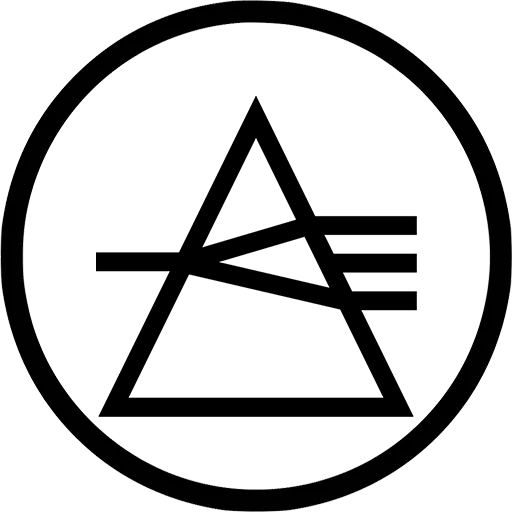 |
Visible Light:- Radiation of light |
 |
Photosynthesis and Respiration:- Photosynthesis |
 |
Interactions and Interdependence Within the Environment:- Introduction to ecology |
 |
Micro-organisms:- Types of micro-organisms |
 |
Atoms:- Atoms - building blocks of matter |
 |
Particle Model of Matter:- The concept of the particle model of matter |
 |
Chemical Reactions:- Reactants and products |
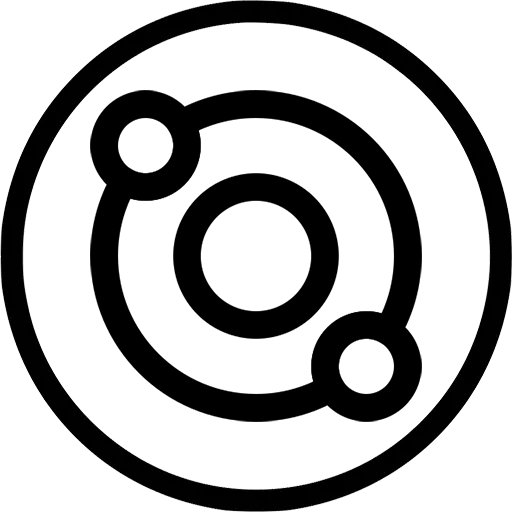 |
The Solar System:- The Sun |
 |
Beyond the Solar System:- The Milky Way Galaxy |
 |
Looking Into Space:- Early viewing of space |
 |
Forces:- Types of forces |
 |
Electric Cells as Energy Systems:- Electric cells |
 |
Resistance:- Uses of resistors |
 |
Series and Parallel Circuits:- Series circuits |
 |
Safety with Electricity:- Safety practices |
Energy and the National Electricity Grid:- Electricity generation |
 |
Cost of Electrical Power:- The cost of power consumption |
 |
Cells as the Basic Units of Life:- Cell structure |
 |
Systems in the Human Body:- Body systems |
 |
Human Reproduction:- Purpose and puberty |
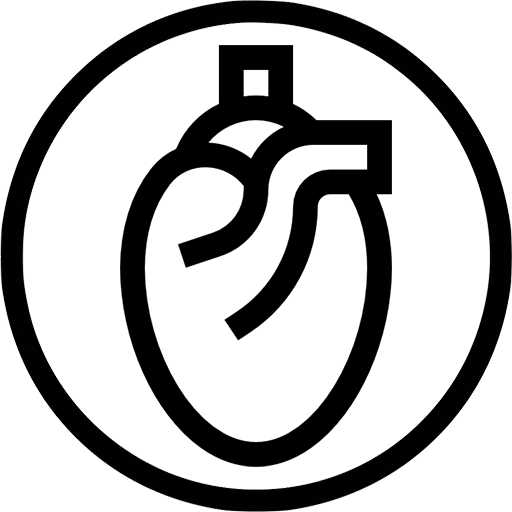 |
Circulatory and Respiratory Systems:- Breathing, gaseous exchange, circulation and respiration |
 |
Digestive System:- Healthy diet |
 |
Compounds:- The Periodic Table |
 |
Chemical Reactions:- Chemical equations to represent reactions |
 |
Reactions of Metals with Oxygen:- The general reaction of metals with oxygen |
 |
Reactions of Non-metals with Oxygen:- The general reaction of non-metals with oxygen |
 |
Acids and Bases, and pH Value:- The concept of pH value |
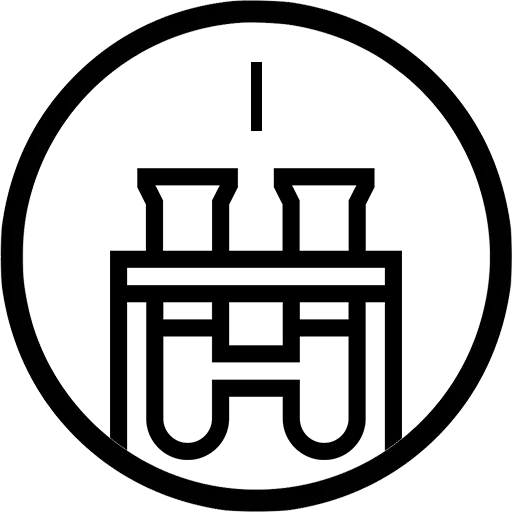 |
Reactions of Acids with Bases: Part I:- Neutralisation and pH |
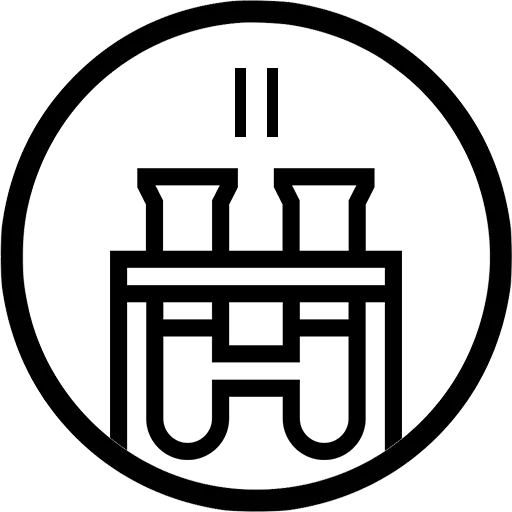 |
Reactions of Acids with Bases: Part II:- The general reaction of an acid with a metal oxide (base) |
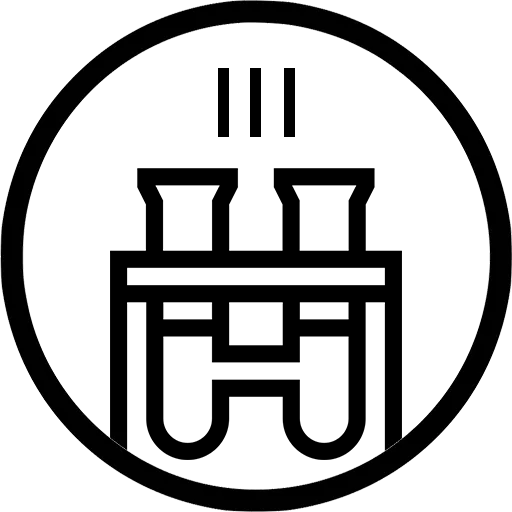 |
Reactions of Acids with Bases: Part III:- The general reaction of an acid with a metal carbonate (base) |
 |
Reactions of Acids with Metals:- Reactions of acids with metals |
 |
The Earth as a System:- Spheres of the Earth |
 |
Lithosphere:- Lithosphere |
 |
Mining of Mineral Resources:- Extracting ores |
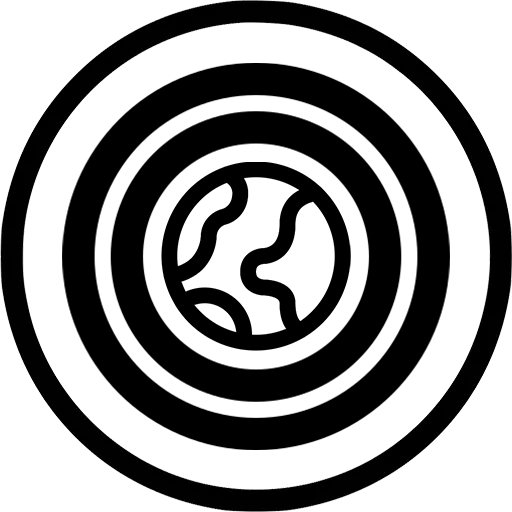 |
Atmosphere:- Troposphere |
 |
Birth, Life and Death of Stars:- The birth of a star |
 |
Living and Non-living Things:- Living things |
 |
Structure of Plants and Animals:- Structure of plants |
 |
What Plants Need to Grow:- Conditions for growth |
 |
Habitats of Animals:- Different habitats |
 |
Structures for Animal Shelters:- Animal shelters |
 |
Strengthening Materials:- Ways to strengthen materials |
 |
Strong Frame Structures:- Struts and frame structures |
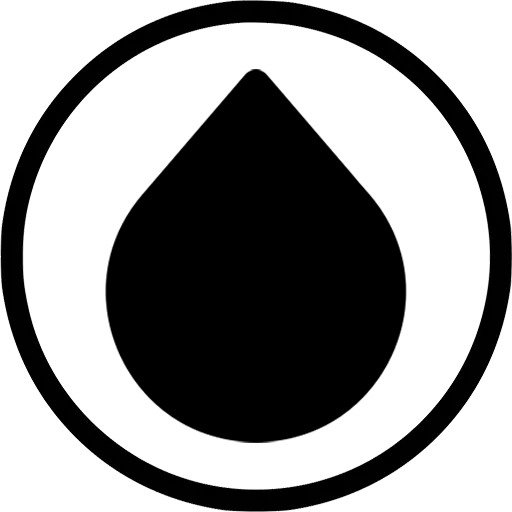 |
Materials Around Us:- Solids, liquids and gases |
 |
Solid Materials:- Raw and manufactured materials |
 |
Energy and Energy Transfer:- Energy for life |
 |
Energy Around Us:- Energy |
 |
Energy and Sound:- Vibrations and sound |
 |
Movement and Energy in a System:- Movement and musical instruments |
 |
Rocket Systems:- Modelling a rocket |
 |
Planet Earth:- Features of the Earth |
 |
The Sun:- Our closest star |
 |
The Earth and the Sun:- Moving around the Sun |
 |
The Moon:- Features of the Moon |
 |
Plants and Animals on Earth:- Many different plants and animals |
 |
Animal Skeletons:- Skeletons of vertebrates |
 |
Food Chains:- Food and feeding |
 |
Life Cycles:- Growth and development |
 |
Stored Energy in Fuels:- Fuels |
 |
Energy and Electricity:- Cells and batteries |
 |
Energy and Movement:- Elastic and springs |
 |
Metals and Non-metals:- Properties of metals |
 |
Uses of Metals:- Other properties of metals |
 |
Processing Materials:- Combining materials |
 |
Processed Materials:- Properties and uses |
 |
Planet Earth:- The Earth moves |
 |
Surface of the Earth:- Rocks |
 |
Sedimentary Rocks:- Formation of sedimentary rock |
 |
Fossils:- Fossils in rock |
 |
Photosynthesis:- Plants and food |
 |
Nutrients in Food:- Food groups |
 |
Ecosystems and Food Webs:- Different ecosystems |
 |
Solids, Liquids and Gases:- Arrangement of particles |
 |
Mixtures:- Mixtures of materials |
 |
Mixtures and Water Resources:- Water pollution |
 |
Solutions as Special Mixtures:- Solutions |
 |
Dissolving:- Rates of dissolving |
 |
Electric Circuits:- A simple circuit |
 |
Electrical Conductors and Insulators:- Conductors |
 |
Mains Electricity:- Fossil fuels and electricity |
 |
Systems to Solve Problems:- Using electric circuits |
 |
Systems to Explore the Moon and Mars:- Vehicles used on the Moon |
 |
Systems for Looking into Space:- Telescopes |
 |
The Solar System:- The Sun, planets and asteroids |
 |
Movement of the Earth and the Planets:- Rotation (Earth) |
 |
The Movement of the Moon:- Rotation (Moon) |
 |
Food Processing:- Need for processing food |
 |
Processes to Purify Water:- Clean water |
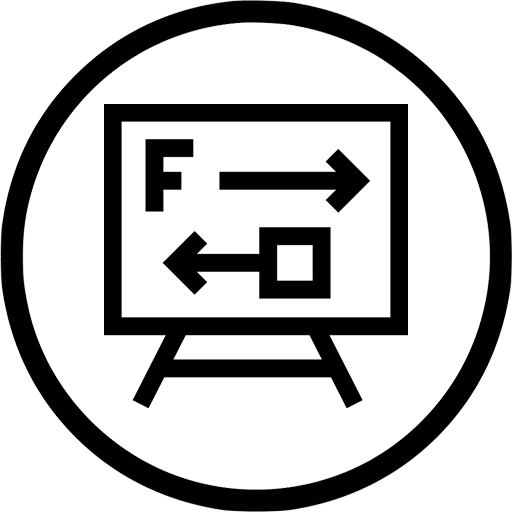 |
Introduction to Vectors and Scalars:- Vectors |
 |
Motion in One Direction:- Reference frame |
 |
Energy:- Gravitational potential energy |
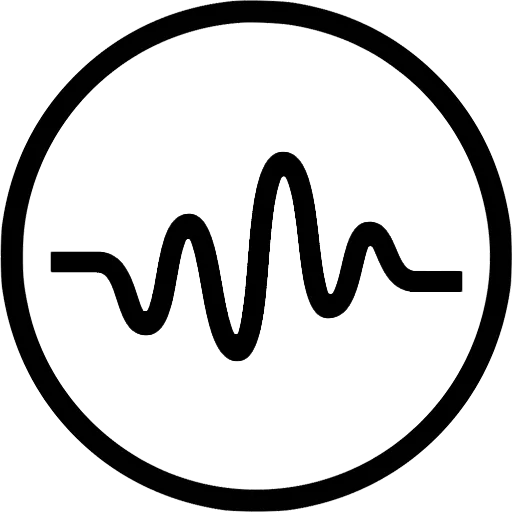 |
Transverse Pulses on a String or Spring:- Pulse |
 |
Transverse Waves:- Wavelength |
 |
Longitudinal Waves:- On a spring |
 |
Sound:- Pitch |
 |
Electromagnetic Radiation:- Dual (particle/wave) nature of electromagnetic (EM) radiation |
 |
Magnetism:- Magnetic field of permanent magnets |
 |
Electrostatics:- Two kinds of charge |
 |
Electric Circuits:- EMF |
 |
Revise Matter and Classification:- Materials |
 |
States of Matter and the Kinetic Molecular Theory:- States of matter and the kinetic molecular theory |
 |
Atomic Structure:- Models of the atom |
 |
Periodic Table:- Position of the elements |
 |
Chemical Bonding:- Covalent bonding |
 |
Particles Substances are Made of:- Atoms and compounds |
 |
Physical and Chemical Change:- Separation by physical means |
 |
Representing Chemical Change:- Balanced chemical equations |
 |
Reactions in Aqueous Solution:- Ions in aqueous solutions |
 |
Stoichiometry:- Mole concept |
 |
Vectors in Two Dimensions:- Resultant of perpendicular vectors |
 |
Newton’s Laws and Application of Newton’s Laws:- Newton’s first, second and third laws and Newton’s law of universal gravitation |
 |
Geometrical Optics:- Refraction |
 |
2D and 3D Wave Fronts:- Diffraction |
 |
Electrostatics:- Coulomb’s Law |
 |
Electromagnetism:- Magnetic field associated with current-carrying wires |
 |
Electric Circuits:- Energy |
 |
Molecular Structure:- A chemical bond |
 |
Intermolecular Forces:- Chemical bonds revised |
 |
Ideal Gases:- Motion and kinetic theory of gases |
 |
Stoichiometry:- Molar volume of gases |
 |
Energy and Chemical Change:- Energy changes related to bond energy |
 |
Types of Reactions:- Acid-base |
 |
Momentum and Impulse:- Momentum |
 |
Vertical Projectile Motion in One Dimension (1D):- Vertical projectile motion represented in words |
 |
Work, Energy and Power:- Work |
 |
Doppler Effect:- With sound and ultrasound |
 |
Electric Circuits:- Internal resistance and series-parallel networks |
 |
Electrodynamics:- Electrical machines (generators, motors) |
 |
Optical Phenomena and Properties of Materials:- Photo-electric effect |
 |
Organic Chemistry:- Functional groups |
 |
Organic Macromolecules:- Plastics and polymers |
 |
Reaction Rate:- Factors affecting rate |
 |
Chemical Equilibrium:- Factors affecting equilibrium |
 |
Acids and Bases:- Reactions |
 |
Electrochemical reactions:- Electrolytic and galvanic cells |
[Links to Planet Earth and Beyond Grade 7 term 4]
The STEMulator has interesting information about the types of energy sources located on the Energy tile. You can visit the coal power station, the nuclear power, hydro power, wind power and solar power stations all on the same page. The STEMulator describes and shows you the processes involved in producing power from these energy sources.
Interesting points about renewable and non-renewable energy
Vocabulary:
Replenish: refill, recharge, top up, renew
Each hyperlink below takes you to an object or a tile of the STEMulator that contains diagrams and animations, interesting content and career options with information about types of energy, both renewable and non-renewable.
|
Renewable energy |
Non-renewable energy |
||||||||||||
|
|
|
||||||||||||
|
|
||||||||||||
Look for the answers to these questions on the STEMulator:
Teaching ideas:
Let the learners explore the Energy tile of the STEMulator to identify each of the sources of energy and describe how they produce electricity.
Refer to the table of STEMulator links.
The STEMulator has many opportunities to explore biodiversity and classification.

The Science tile
Animal World on the Science tile takes you to the lives of several animals, including the lion, the tiger, the bear, the penguin and others. Go to the museum to investigate microorganisms, insects, and a large sea creature.

Nature tile:
Use the Nature page to find out more about spiders.

The agriculture tile
Domestic animals
Explore the biodiversity and the ecosystem of insects and domestic animals in a farm setting on the agriculture page. The agriculture page also takes you to a diversity of crops and orchards. To learn about diversity of herbs, go to the herbarium in the museum. You will find Living plants in the conservatory.
Key points about biodiversity and classification of living things
Biodiversity or biological diversity is the variety of life on Earth, including fauna (animals), flora (plants) and micro-organisms.
Classification of living things (called taxonomy) is very important for understanding the lifestyle, structure and behaviour of organisms.
Scientists began by classifying the organisms into two kingdoms – Animalia (animals) and Plantae (plants). Later they extended the classification levels for a better understanding of all living things.Classification makes it easy for scientists to differentiate and define the characteristics of newly discovered organisms.
The scientific name of any living organism is obtained from its genus and its species.
Classification of the human being
|

|
Each hyperlink below takes you to an object or a tile of the STEMulator that contains diagrams and animations, interesting content and career options to do with biodiversity.
|
Diversity of animals |
Diversity of plants: |
||||||
|
|
|
||||||
|
|
||||||
|
|
||||||
|
|
|
||||||
|
|
||||||
|
|
|||||||
|
|
||||||
|
|
||||||
Look for the answers to these questions on the STEMulator:
Let the learners practise classification by classifying the animals that are found on the STEMulator:
Southern Right Whale, Great White Shark and Jackass Penguin. Refer to the table of STEMulator links.
Other useful links
Watch how to classify a red squirrel, in every category from Kingdom to Species using this link:
How do scientists classify living things? | The Learning Zone (ox.ac.uk)
The STEMulator brings you an interactive Periodic Table of Elements, based on the school tile, in the Grade 7 – 9 Natural Sciences classroom. The elements of the periodic table are organised by their atomic weight. Each element has its own name, symbol, atomic number and position in the Periodic Table.

Each hyperlink below takes you to an object or a tile of the STEMulator that contains diagrams and animations, interesting content and career options to do with biodiversity.
|
|
|||||
|
Look for the answers to these questions on the STEMulator:
Look for the answers to these questions on the STEMulator:

Let the learners find the Periodic Table on the STEMulator on their own. Let them watch the video that explains how the rows and groups work.
Give learners a list of symbols of elements and ask them to identify the name of each element, its atomic number and its atomic weight.
Give learners a scrambled list of elements and ask them to arrange them into groups of metals, non-metals and semi-metals.
Use a printed copy of the first twenty elements as a poster for the classroom.

Sub atomic particles
Pure substances
Elements
Compounds
Mixtures of elements and compounds
[Note: a glowing splint is used to test for the presence of oxygen gas. It re-lights in oxygen gas]
In the Grade 7 – 9 classroom (in the school on the STEMulator), you will find the Periodic Table of Elements displayed on the wall. Click on the table and then choose the element that you want to learn about. Hover over the element or click on it to read all about the properties of that element.
To learn more about the history and development of the Periodic Table, click on the button at the top of the table (“learn more about the Periodic Table”).
At a future time, more information will be added to the STEMulator classroom about atoms, elements, sub-atomic particles, compounds and their structures.
The hyperlink below takes you to the school tile of the STEMulator.
|
|
Look for the answers to these questions on the STEMulator:
|
Description |
Number of elements per period |
Period 1 |
|
|
Period 2 |
|
|
Period 3 |
|
|
Period 4 |
|
|
Period 5 |
|
|
Period 6 |
|
|
Period 7 |
|
|
Let the learners explore the Periodic Table of Elements on their own. Then allocate different elements to individuals, pairs or groups of learners. They can research more information about their element, using the STEMulator and other online resources. Learners take turns to present the elements to the class, identifying their position on the table and other characteristics and providing at least one picture to show the class.
Other useful links
Siyavula has made their textbooks freely available online.
https://www.siyavula.com/read/za/natural-sciences/grade-8/atoms/05-atoms?id=toc-id-9#toc-id-9

The Sun
Objects around the Sun
Earth’s position in the Solar System
OR
The STEMulator brings the Sun and the planets orbiting it alive for your learners!
We discuss the heat and light, the magnetic fields around the sun, the elements that make up the sun, the mass and the gravity of the sun and how this affects the planets that orbit around it.
|
|
Make sure to watch the video on this page and share it with your learners. It is beautifully filmed, fascinating to watch and answers many questions learners might have about the Sun. |
Go to the Nature page and click on the Sun.
Also click on the video icon.
|
Renewable energy |
|
||||||
|
|
|||||||
|
|
||||||
Look for the answers to these questions on the STEMulator:
Teaching ideas:
Give your learners the opportunity to go to the Nature tile on the STEMulator and click on the Sun. When they have read this information, show them the video about the sun. Produced by National Geographic, it captures the wonder and the science of the Sun.
Discuss the video with learners. Relate the distances to distances that they already know (e.g. the video shows how many times the Earth can fit along a line (diameter) through the Sun.
Nuclear power in South Africa
researching about alternative sources of energy that can be used to drive generators for the national grid. Compare them in terms of sustainability and environmental impact
The STEMulator explains and demonstrates a range of energy sources on the Energy tile. You can visit the coal power station, the nuclear power, hydro power, wind power and solar power stations all on the same page. The STEMulator shows you the processes involved in producing power from these energy sources. On the house page, you can also follow the route of the electricity grid and how it connects to the national grid.
For learners who are interested in careers in different types of engineering, they can click on the links provided on each part of the Energy tile.
Each hyperlink below takes you to an object or a tile of the STEMulator that contains diagrams and animations, interesting content and career options with information about energy.
|
|
|
||||||||||
|
|
Look for the answers to these questions on the STEMulator:
Let the learners trace the grid of electricity from the house to a power station and back again on the Energy tile of the STEMulator.
Refer to the table of STEMulator links.
Briefly review and revise concepts dealt with in Grade 8, focusing on compounds
[Note: use the Periodic Table of Elements as a reference tool in the topics that follow]
Names of compounds
or
[Note: the latest internationally accepted spelling is now sulfur not sulphur]
In the Grade 7 – 9 classroom (in the school on the STEMulator), you will find the Periodic Table of Elements displayed on the wall. Click on the table and then choose the element that you want to learn about. Hover over the element or click on it to read all about the properties of that element.
To learn more about the history and development of the Periodic Table, click on the button at the top of the table (“learn more about the Periodic Table”).
At a future time, more information will be added to the classroom about atoms, elements, sub-atomic particles, compounds and their structures.
The hyperlink below takes you to the school tile of the STEMulator.
|
|
|||||||||
|
|
Let the learners explore the Periodic Table of Elements on their own. Then allocate different elements to individuals, pairs or groups of learners. They can research more information about their element, using the STEMulator and other online resources. Learners take turns to present the elements to the class, identifying their position on the table and other characteristics and providing at least one picture to show the class.
[Note: The intention of this topic is to provide learners with an overview of the structure and functions of organs and systems in the human body]
The STEMulator reveals the inner workings of the human body in riveting detail, while also showing us clearly how everything fits together. The animations and photographs make this section of the curriculum come alive for your learners.
Working from the whole body to the muscular, skeletal and nervous systems, we then explore the inner organs, including the brain linked to the five senses, the heart, lungs (respiratory system) and digestive system.
The video on this page, a TEDex production, demonstrates the digestive process in detail.
For learners who are interested in pursuing careers in health services, there are a range of informative videos on the body pages about everything from a pathologist to a dietician.
The hyperlink below takes you to the body tile of the STEMulator.
|
|
|||||||||||||||||
|
|
Look for the answers to these questions on the STEMulator:
Digestion
Muscles
Skeleton
Nerves and senses
Let the learners explore each of the body systems, according to their own interests. Have a class discussion and give learners a chance to describe what they discovered.
The TEDex video (only 5 minutes long) can be used as an introduction to the digestive system, or as a recap at the end of the section.
Encourage learners to question what they see on the STEMulator. Then they can confirm or extend their knowledge by doing further research related to their questions.
Use the STEMulator pages and ask learners to identify parts of the different body systems:
When you cover the nervous system in class, there is a useful video on the brain page that explains how each of our five senses work with the nervous system.
Thank You for your curiosity. This tile is currently a preview.
Although you are welcome to look around, please note that this content is a work on progress.